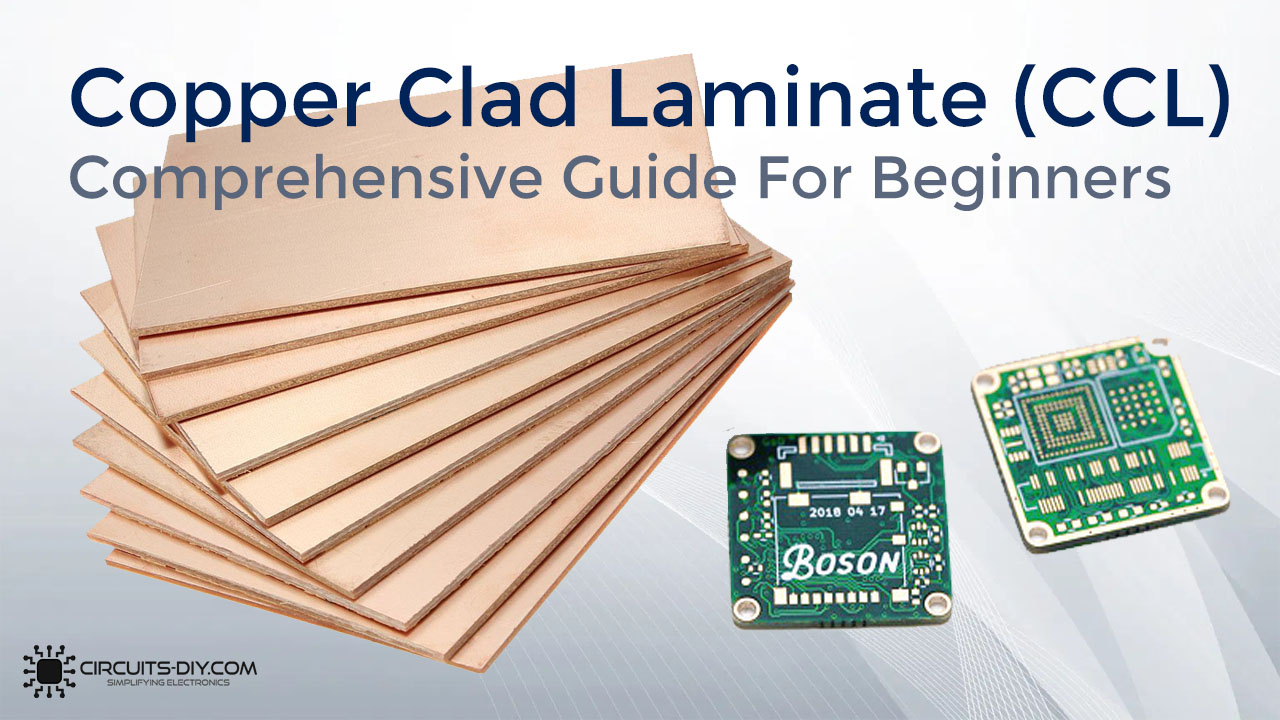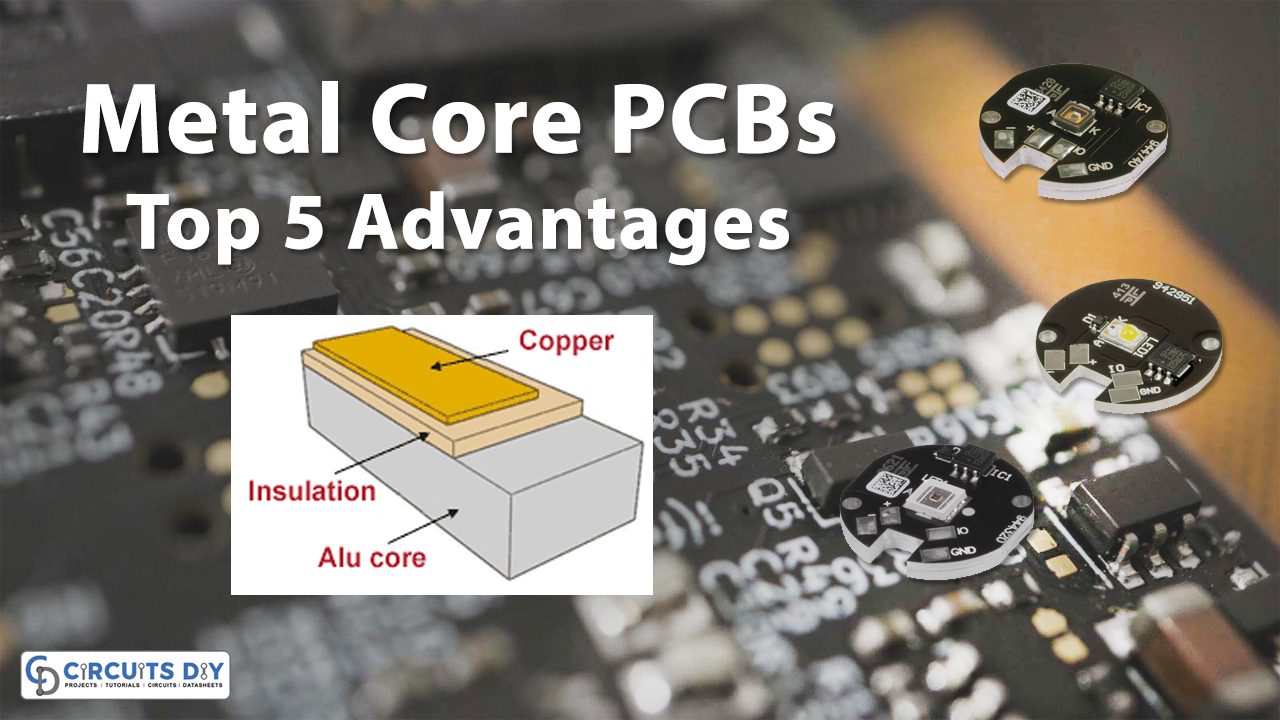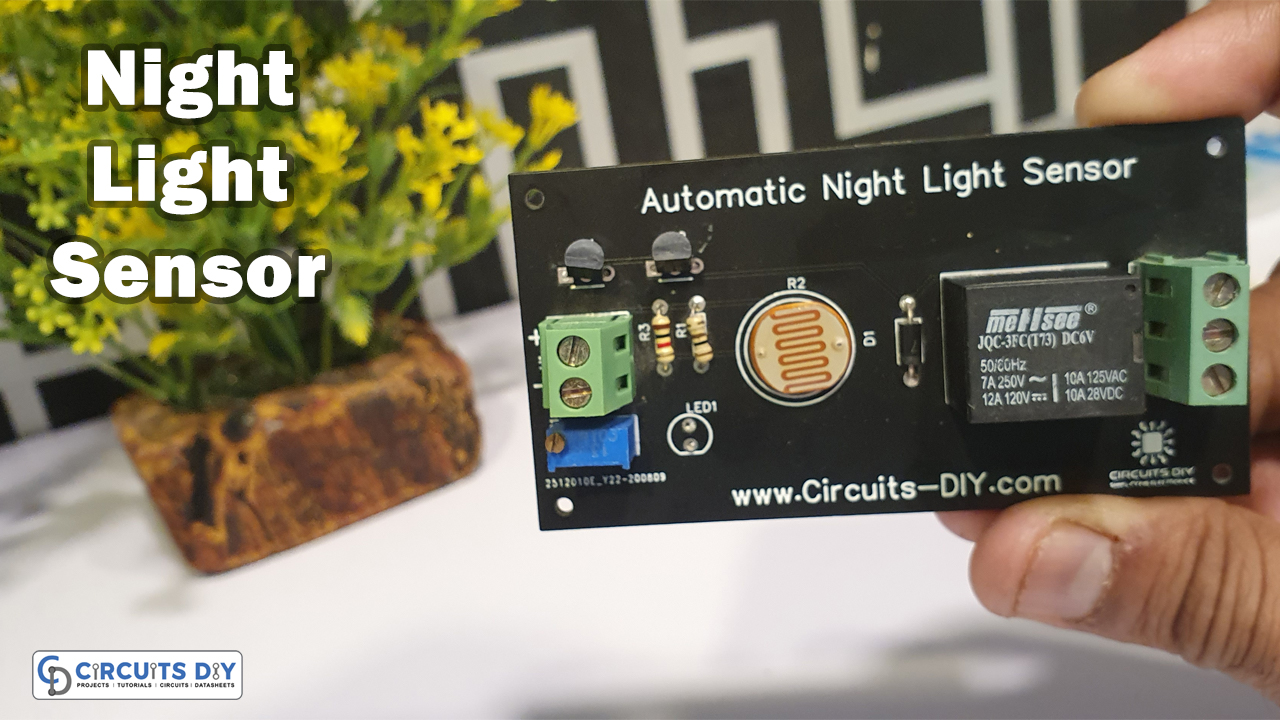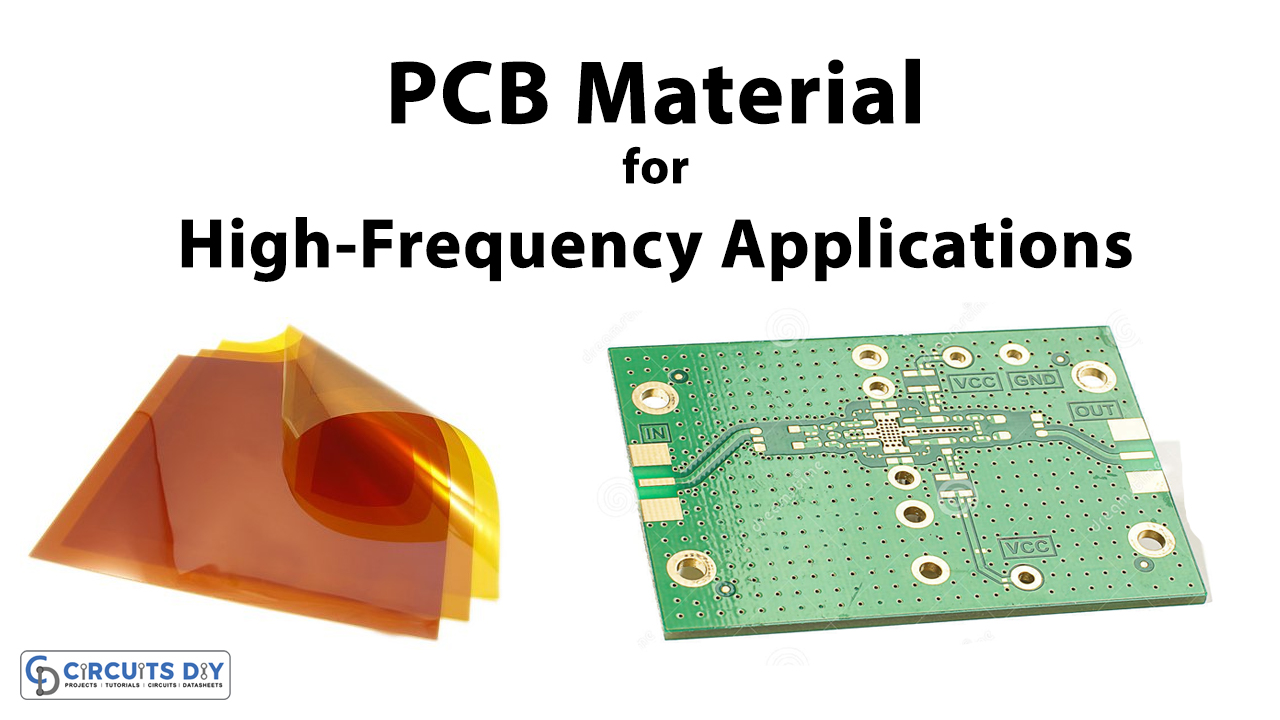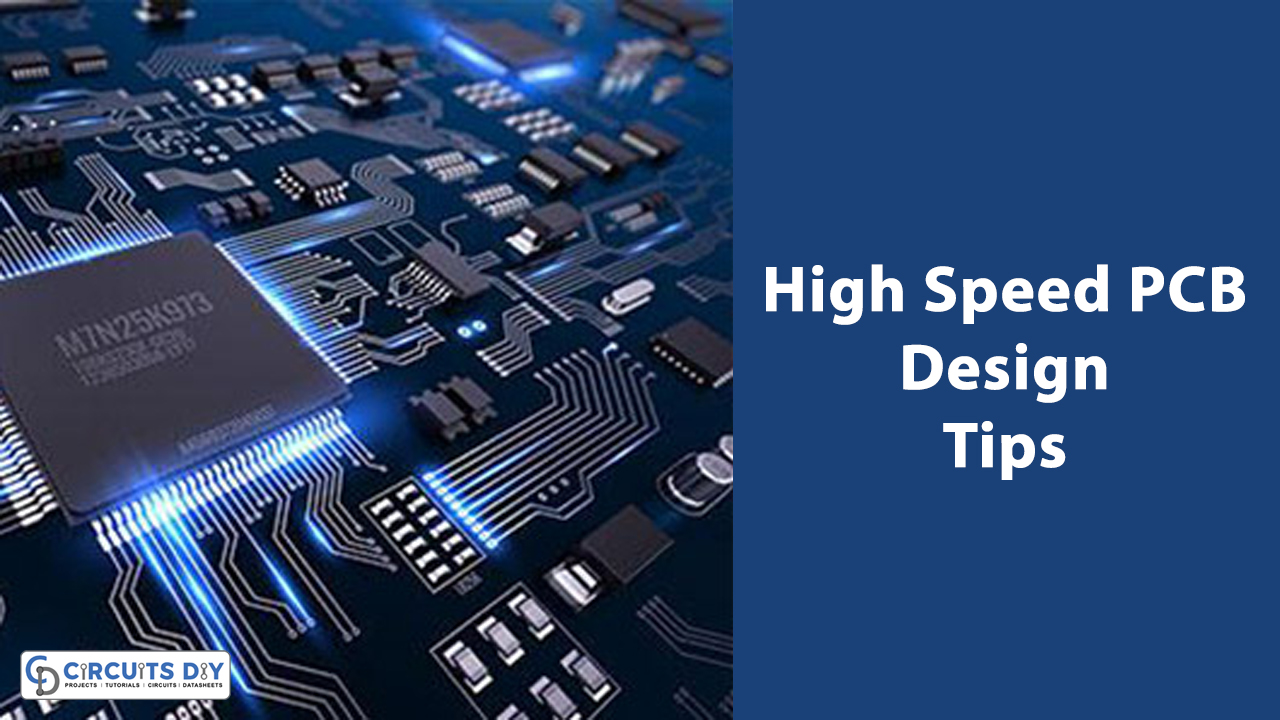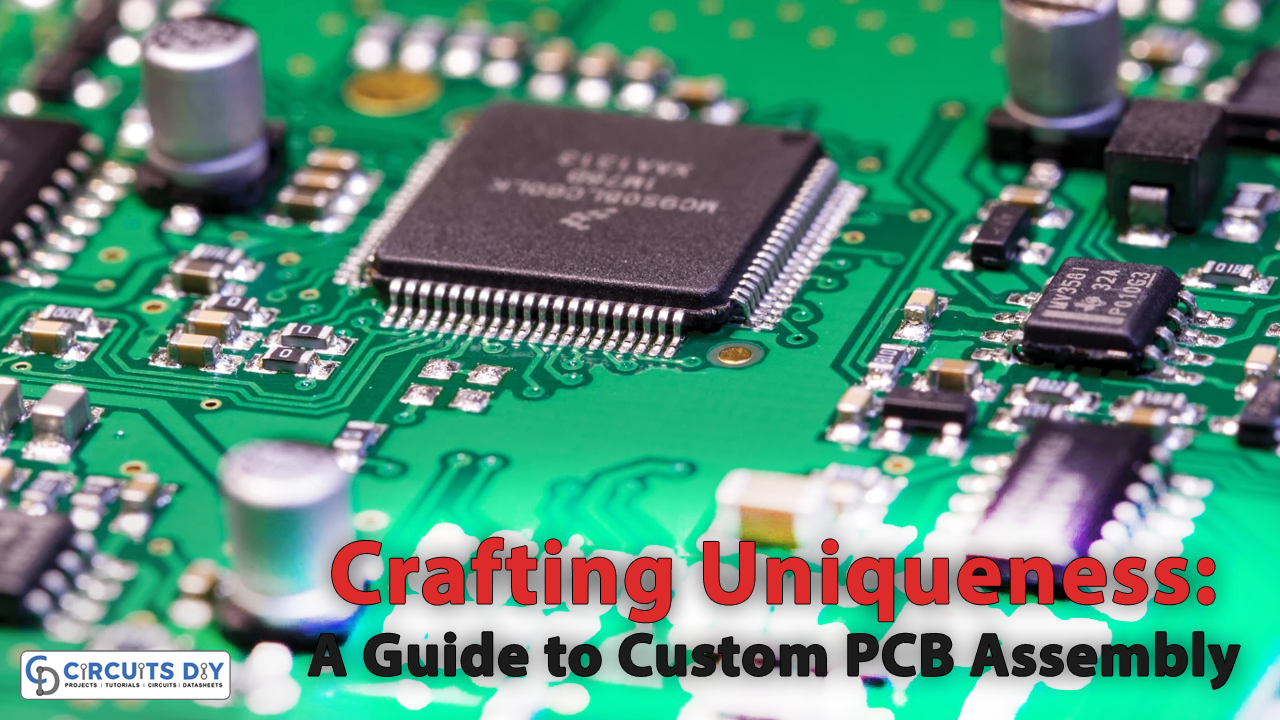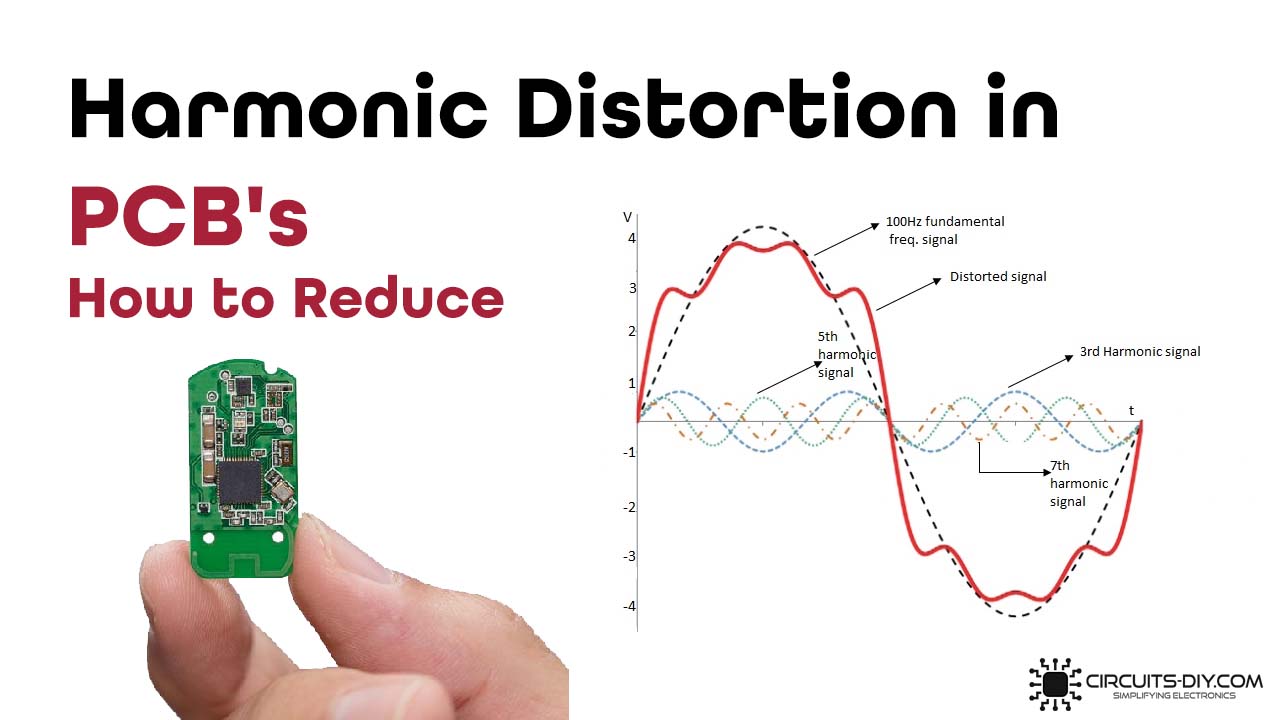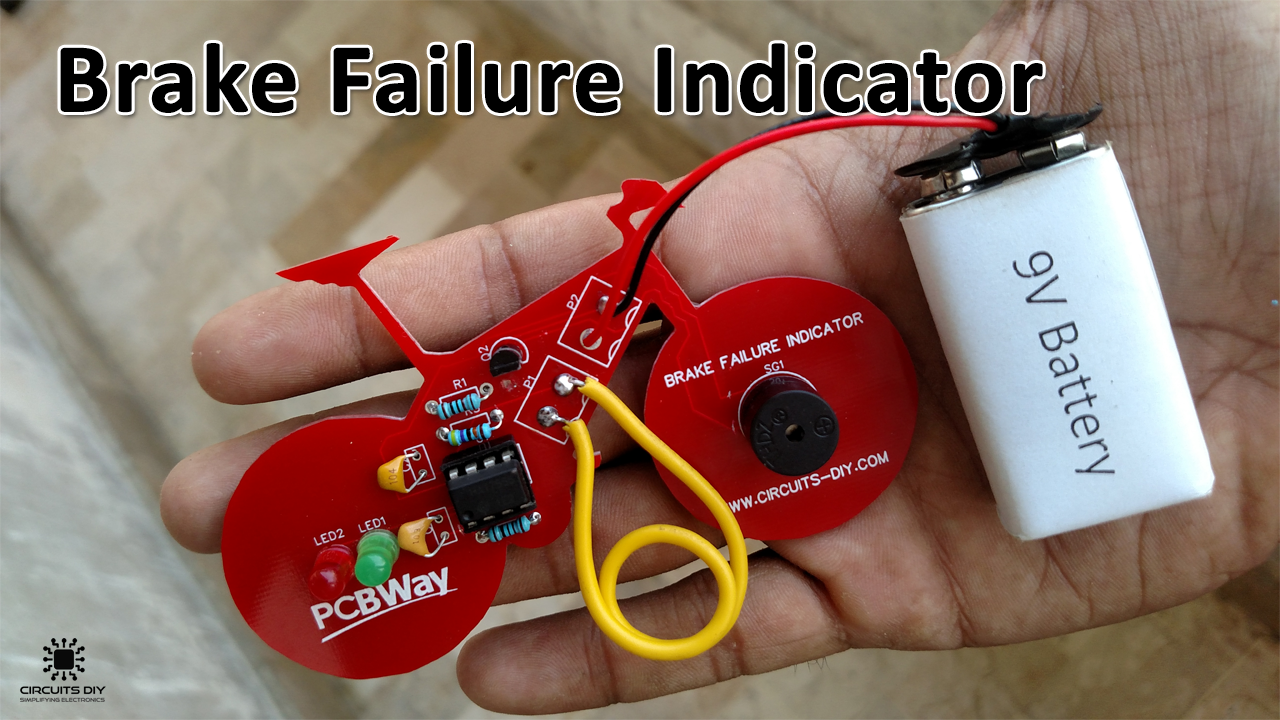With rapid progress in the field of consumer electronic products, the design and assembly density of components on the boards is increasing by a large margin. As a consequence, thermal dissipation for PCB boards is also increasing. This means that heat dissipation has a great demand on PCB substrates. Copper clad laminate (CCL) is the most widely and importantly used substrate to fabricate PCB boards. CCL substrate is now used in almost every PCB, whether it’d be for consumer electronic products or for industrial trainer boards. In today’s guide, we will go over a comprehensive guide for beginners covering Copper Clad Laminate (CCL).
Copper Clad Laminate (CCL)?
Copper Clad Laminate or CCL, is a type of base substrate material for Printed circuit boards. With glass fiber or wood pulp paper as reinforcing material. Copper Clad Laminate (CCL) is a kind of material that soaks in resin with the electronic glass fiber or other reinforcing material to make it stick with copper clad on either one side or both sides.
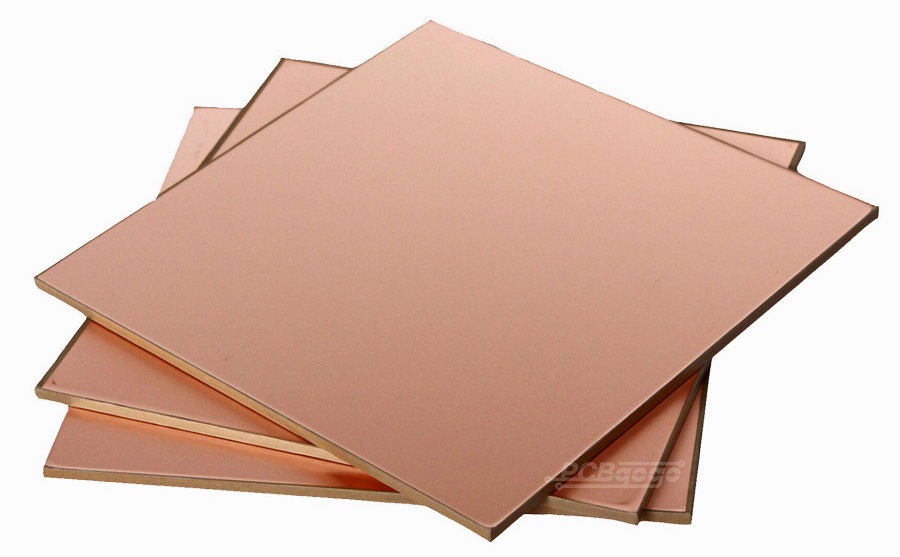
Types of Copper Clad Laminate
Classification on the basis of reinforcing material:
- Paper base CCL (eg. XPC)
- Glass fiber cloth base CCL (eg. FR-4, FR-5)
- Compound CCL (eg. CEM-1, CEM-3)
- Special material base CCL (eg. metal – base CCL, ceramic – base CCL, etc.)
Classification on the basis of Applied Insulation Resin:
- Phenolic resin CCL (eg. XPC, XXXPC, FR-1, FR-2, etc.)
- Epoxy resin CCL (eg. FR-3)
- Polyester resin CCL
Classification on the basis of Performance:
- General performance CCL
- CCL with high heat resistance
- low dielectric constant CCL
- CCL with low CTE (Coefficient of Thermal Expansion)
Classification on the basis of Mechanical Rigidity:
- Rigid CCL
- Flexible CCL
Copper Clad Laminate Structure

Copper Foil
The copper foil is a cathodic electrolytic material that is deposited on a thin and continuous layer of metal foil on the base of any PCB. Copper foil helps in easy bonding to an insulating layer making a printed protective layer and create a board pattern with corrosion.
Prepreg
A prepreg (pre – impregnated) is a type of fibreglass with resin impregnation. The resin is pre – dried, but not solidified. On heating the resin, it flows, sticks, and is immerses completely. Simply speaking, Prepregs are fibreglass strengthened by an adhesive resin layer (similar to the flame retardant FR-4 material). The name of each prepreg derives from the type of fibreglass used. The prepreg types of different suppliers vary in thickness; in addition, there are various versions like “SR” for Standard Resin, “MR” for Medium Resin “and” HR ” for High Resin, depending on the resin content. The best possible material is used depending on the desired final thickness, layer structure, or impedance.
Key Performance Factors For CCLs
Size
As CCLs function as the base material for every PCB board, they have to abide by a strict size requirement corresponding to the PCB. Parameters to consider include length, width, diagonal deviation and warpage, each of which has to meet specific standard.
Physical Performance
CCLs also have to conform to a strict standard of physical performance as well. There are a number of standardization test a CCL must pass which includes dimensional stability, peel strength (PS), bending strength, heat resistance (including thermal stress, Td, T260, T288, T300), punching quality, etc.
Environmental Performance
A CCL also has to cater to the environmental requirements in terms of water absorption. eco – emissions etc.
Electrical Performance
Electrical performance indicators is one of the most crucial KPI for CCL performance. CCLs need to be carefully designed in order to meet electrical performance SOPs pertaining to dielectric constant (DK), dielectric loss tangent (Df), volume resistance, surface resistance, insulation resistance, dielectric breakdown voltage, electric strength, CTI, etc.

